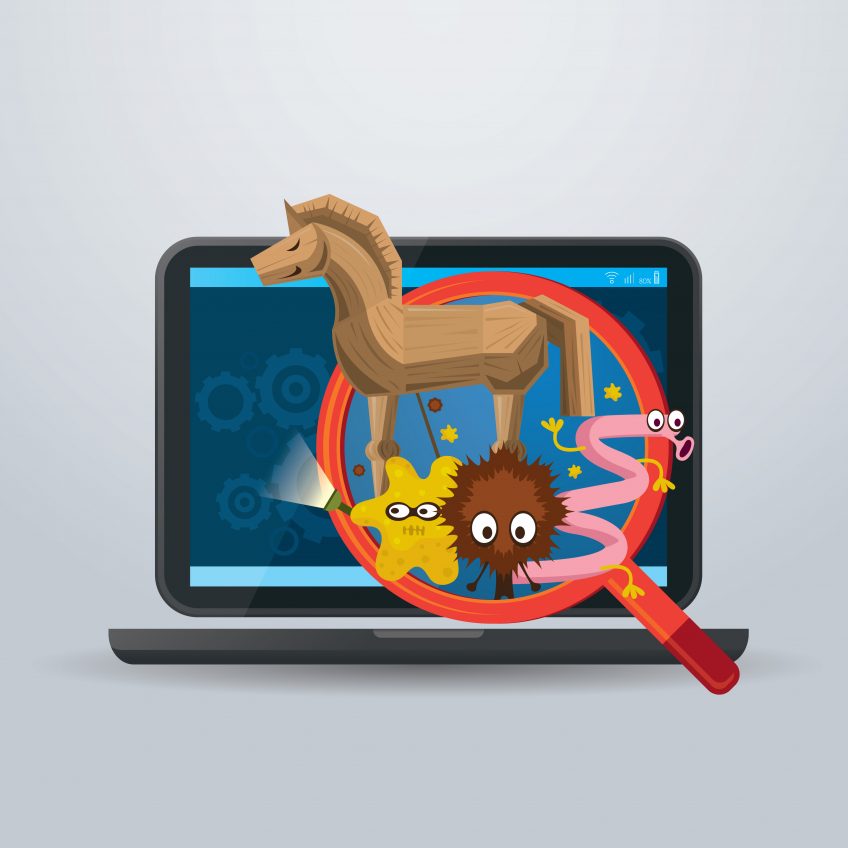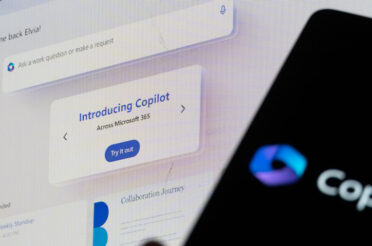Simply put, they’re all fancy names for stuff you don’t want on your computer or to happen to you.
1. Virus: Any bad software used to be a virus; however, we use the term “malware” now. The word “virus” is used to describe a program that self-replicates after hooking itself onto something running in the operating system.
2. Worm: a worm is another kind of self-replicating program but generally doesn’t hook itself onto a Windows process. Worms generally are little programs that run in the background of your system.
3. Trojan: software that you thought was going to be one thing, but turns out to be something bad.
4. Drive-by download: this is one of the most popular way to get something nasty into your computer. Most of the time, it comes from visiting a bad web page. That web page exploits a weakness in your browser and causes your system to become infected.
5. Adware: Adware is software that uses some form of advertising delivery system. Sometimes the way that advertisements are delivered can be deceptive in that they track or reveal more information about you than you would like. Most of the time, you agree to the adware tracking you when you install the software that it comes with. Generally, it can be removed by uninstalling the software it was attached to.
6. Spyware: software that monitors your computer and reveals collected information to an interested party. This can be benign when it tracks what webpages you visit; or it can be incredibly invasive when it monitors everything you do with your mouse and keyboard.
7. Ransomware: A very popular way for Internet criminals to make money. This malware alters your system in such a way that you’re unable to get into it normally. It will then display some kind of screen that demands some form of payment to have the computer unlocked. Access to your computer is literally ransomed by the cyber-criminal.
8. Scareware: software that appears to be something legitimate (e.g., masquerading as some tool to help fix your computer).When it runs it tells you that your system is either infected or broken in some way. This message is generally delivered in a manner that is meant to frighten you into doing something. The software claims to be able to fix your problems if you pay them. Scareware is also referred to as “rogue” software – like rogue antivirus.








